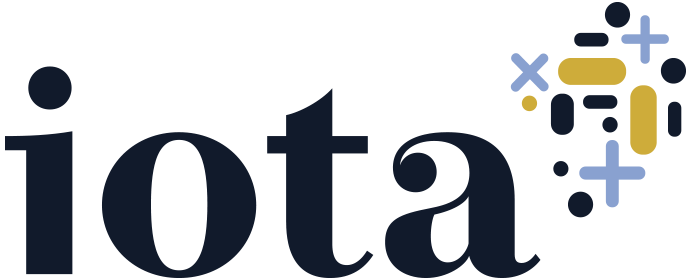Why theory of change & logic models are great to help articulate change.
Evaluation and program planning in the not for profit and community sector has evolved in past years. There is certainly more emphasis on the need for organisations to articulate and demonstrate the evidence of change that occurs because of a program.
An effective way to do this is to develop a theory of change for your program.
The theory of change underpins your entire program and is a clear and concise articulation of your program and its intended outcomes. It can also be called a program logic model, program theory or outcome mapping.
I’ve been doing a lot of work recently working with organisations building their capacity to create and then implement their theory of change. Managers and designers of the programs tell me that the greatest reward is when they clearly see that the work they are doing is leading to tangible change for the people they are working for. This is what developing a good theory of change can do.
Following are some steps to guide you in your thinking when developing a theory of change – an effective one for your program, your organisation and for the community your serve.
Develop your impact statement
It is important to be clear early on what the project is trying to achieve. You will have to think about what level you are seeking to realise change - are the changes to a group of individuals, at the level of an organisation, or at a community level.
The resulting statement is known as the impact statement - think of it as your program elevator pitch! I like to use a ‘formula’ like this to help guide the process.
We will achieve by addressing and through doing
Outcome X social issue Y Activity Z
Credit here to the great resource at https://www.socialimpacttoolbox.com/
Identify the outcomes – change that will happen for people
What is the social issue you are responding to?
What are your activities?
Define the participants
Who is your target population – the people you want to affect? Are there other stakeholders to be considered?
Gather evidence
What do you know about the social issue and what does the evidence say is the best way to respond? eg. Impact Investors are looking to align their impact and maximise their outcomes using with universal lens of the UN Sustainable Development Goals.
Describe the activities, and relevant inputs
Activities describe what will you do with the participants of the program? Activities can be processes, tools, events, technology, and/or services you provide. ie. communications, stakeholder engagement, strategy development, evaluation/quality improvement, funding acquittal, reporting.
Inputs are any resources that are necessary for the running of your program. ie. staff, volunteers, lived experience, referrals, premises, funding, in-kind donations.
Identify the outputs
Outputs are the things that happen when you run an activity, but not necessarily changes for people. They are activities, products, and participation resulting from your program. They are usually described quantitatively (as numbers and percent’s).
Identify the outcomes
Outcomes are the changes that happen for people – program logics usually articulate short-medium- and long-term outcomes.
Outcomes are your intended results – they are what you want to see change because of your program (at individual or community level). They should be time bound and be realistically aligned with the type of social change and program implemented.
Long term outcomes are often referred to as impacts and these are the fundamental intended and unintended changes. They are often achieved only after conclusion of the project.
Logic Models are used for:
assessing the feasibility of proposed programs and their readiness for evaluation
program development
developing performance monitoring systems building knowledge
You don’t have to get it right the first time. Understanding change is an iterative process and as you gather information about what works, you can evolve your outcomes.
Need help to develop a theory of change for your organisation?
